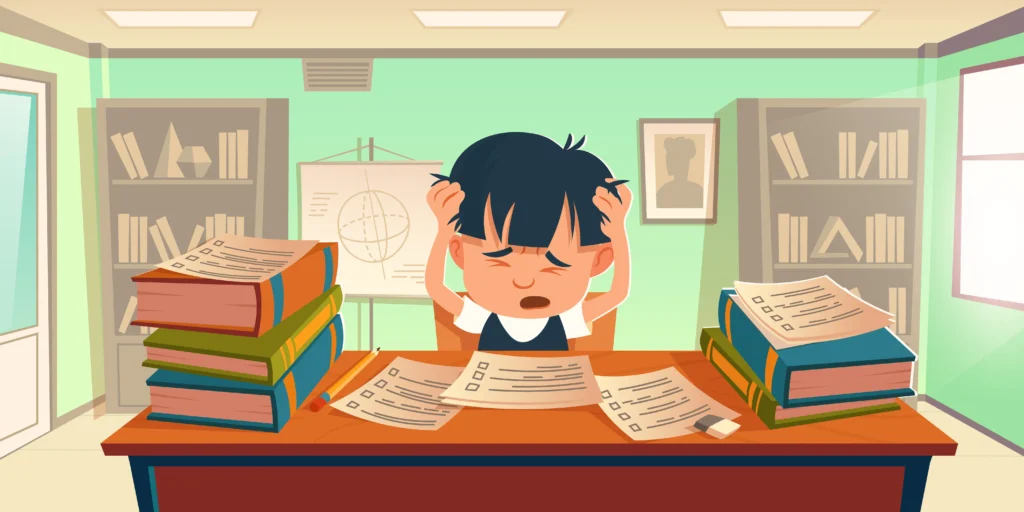STEM education is no longer a luxury—it’s a necessity. As schools across India embrace Science, Technology, Engineering, and Mathematics to prepare students for a future driven by innovation, many face a common challenge: implementation pitfalls.
At ABL Education, we’ve worked with hundreds of schools to set up successful STEM ecosystems. Along the way, we’ve identified key mistakes that can derail even the most well-intentioned programs. Avoiding these can make the difference between a tick-box initiative and a transformative learning experience.
🚫 Mistake 1: Treating STEM as a One-Time Project
STEM is not a one-off event or a fancy lab setup. It’s a continuous learning approach. Schools that treat it as a short-term project often fail to see long-term impact.
✅Solution: Integrate STEM into the curriculum and school culture. Make it part of everyday learning, not just annual exhibitions.
🚫 Mistake 2: Focusing Only on Technology
Many schools equate STEM with coding or robotics alone. While tech is important, science, engineering, and math are equally vital.
✅Solution: Ensure a balanced approach that includes hands-on science experiments, engineering design challenges, and real-world math applications.
🚫 Mistake 3: Ignoring Teacher Training
Even the best labs and tools are ineffective without trained educators. Teachers need to shift from traditional instruction to facilitation and inquiry-based learning.
✅Solution: Invest in regular teacher training and workshops. ABL Education offers certified programs to help teachers become STEM mentors.
🚫 Mistake 4: Lack of Student Voice
When students are passive recipients rather than active participants, STEM loses its power. Innovation thrives on student curiosity and ownership.
✅Solution: Let students choose projects, ask questions, and present solutions. Encourage them to lead their own learning journeys. And it should me mandatory for all.
🚫 Mistake 5: No Real-World Connection
STEM becomes abstract and boring when it’s disconnected from real life. Students need to see how their learning applies to the world around them.
✅ Solution: Use local problems, community challenges, and current events as project themes. For example, designing eco-friendly packaging or water-saving devices.
🚫 Mistake 6: Overlooking Assessment
Without proper assessment, it’s hard to measure the effectiveness of STEM programs. Many schools don’t track student growth in creativity, collaboration, or problem-solving.
✅ Solution: Use rubrics that assess both process and outcome. ABL provides tools to evaluate innovation, teamwork, and critical thinking.
🚫 Mistake 7: Not Involving Parents
Parents are often left out of the STEM conversation, yet they play a crucial role in reinforcing learning at home.
✅ Solution: Host STEM family nights, share home activity kits, and keep parents informed about student projects and progress.
🚫 Mistake 8: Failing to Build a STEM Culture
STEM isn’t just about labs—it’s about mindset. Schools that don’t foster a culture of experimentation, curiosity, and resilience miss the bigger picture.
✅ Solution: Celebrate failures as learning moments. Display student projects. Invite industry experts. Make STEM a living, breathing part of school life.
✨Conclusion:
STEM is not a trend—it’s a transformation. By avoiding these common mistakes, schools can create meaningful, lasting change that prepares students for a future of innovation and impact. At ABL Education, we’re here to guide schools every step of the way—from planning and training to execution and evaluation.

